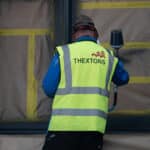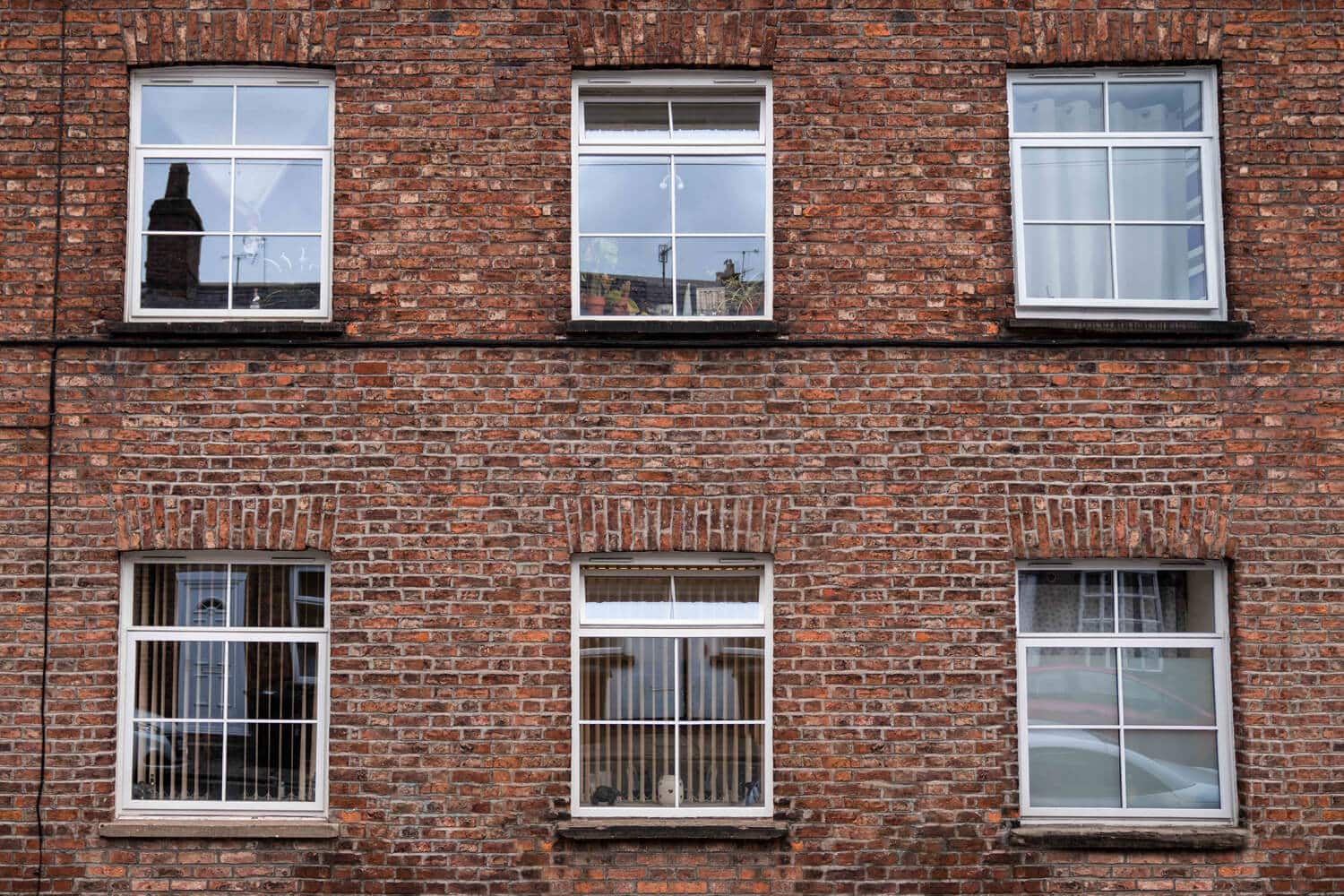Making Sure Your Windows and Doors Comply With Current Building Regulations
As any builder, contractor, or property developer will tell you, choosing the right doors and windows for your new build property comes down to more than simple aesthetics. If you want your project to get the necessary sign-off from building control, you will need to ensure that the windows and doors meet the current Building Regulations for new homes in England.
In this article, we’re going to discuss some of the key areas of the building regulations as they apply to windows and doors.
Fire safety
Fire safety is, of course, an important consideration for any property. To ensure your doors and windows comply with current building regulations, they must allow for an easy escape in the event of a fire. This means that any habitable rooms on an upper floor must be fitted with escape windows if they are not connected to an established, protected fire route. Likewise, lower-floor rooms must have windows that offer a means of escape if they are not directly connected to an exit door by way of an adjoining hallway.
Protection from collision and impact
These regulations ensure that anyone colliding with a glazed window or door will not be severely injured by the broken glass. Windows and doors in areas deemed “critical locations” (for the exact specification, check out the most up-to-date Building Regulations here) must be fitted with safety glazing to minimise the risk of injury.
Protection from falling
If the difference between floor levels is greater than 600mm, any glass barriers, such as windows and doors, must be able to withstand reasonable impact without breaking or falling out of their frames. This is to protect the occupants of the building from falling from a height. If the windows do not meet the force of impact detailed in BS6180:2011 guidance, guarding features will need to be applied.
Conservation of fuel and power
Part L of the Building Regulations concerns energy efficiency, a major issue in the fight against climate change. To comply with this section of the regulations, all doors and windows are expected to meet a specific U-value, something we discussed some time ago on this very blog. As legislation seeks to improve energy efficiency across the board, the target U-value is constantly changing. As of June 2022, the current target is 1.2 W/m2K.
Access to and use of buildings
When is a door not a door? When it fails to provide adequate access to a building. Building Regulations have determined that access doors must have an opening width of 775 mm at minimum, as well as a step no greater than 15mm.
Security in Dwellings
To prevent unauthorised access to dwellings (including flats and apartments), all doors and windows must be robust enough to resist physical attack from an opportunist intruder. This means that the doors and windows themselves need to be tough and durable, as well as fitted with the appropriate security measures and hardware.

Get in touch
Here at Thextons, all our doors and windows are constructed to meet current Building Regulations standards and are fitted by our team of trained and experienced professionals. Call today on 0151 608 2278 to arrange a free consultation with one of our experts or to receive a free, no-obligation quote for our services.








